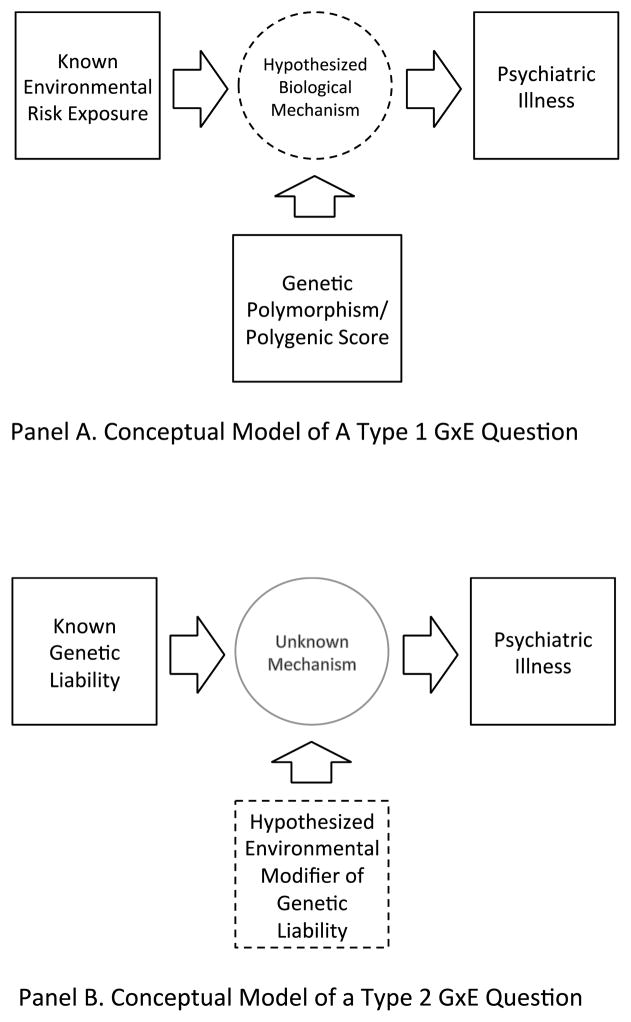Figure 1. Conceptual Models of Type 1 and Type 2 GxE Questions.
Panel A. Type 1 GxE Questions
In our framework, a Type 1 GxE question in psychiatric epidemiology is a questions about the biology through which an environmental exposure contributes to the pathogenesis of a psychiatric illness. The figure shows the conceptual model of a Type 1 GxE question. The GxE analysis is designed to test whether a specific biological mechanism mediates an environmental effect on illness. Because the hypothesized biological mechanism cannot be observed, a genetic polymorphism (or set of polymorphisms in the case of a polygenic score) is used as a quasi-experimental manipulation of the disease-relevant biology. (Genetic variation is known to influence the disease-relevant biology and it cannot be caused by the environmental exposure or the outcome.) If the pathogenic effect of the environment varies according to genotype, this provides evidence that the biological pathway affected by the gene connects the environmental risk with the psychiatric illness.
Panel B. Type 2 GxE Questions
In our framework, Type 2 GxE questions in psychiatric epidemiology are questions about the environmental conditions under which a genetic liability to a psychiatric illness is realized. The genetic liability may be a single variant or a polygenic score composed of many variants. The figure shows the conceptual model of a Type 2 GxE question. The GxE analysis is designed to test whether an identified genetic liability is amplified/mitigated by an environmental exposure. The mechanism through which the genetic liability interacts with the environmental exposure to cause illness is unknown.

